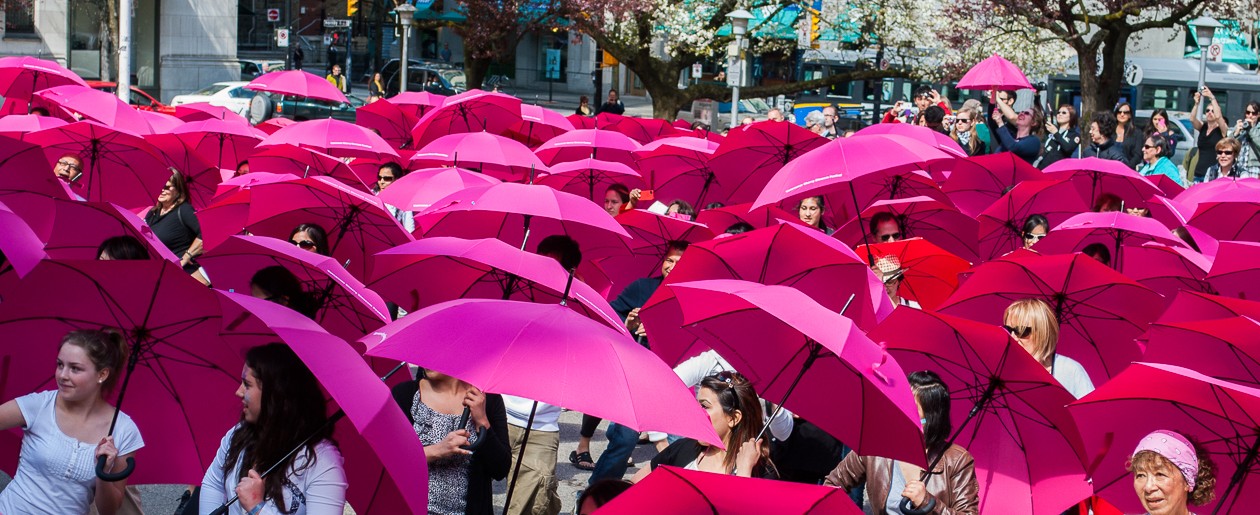Tom Wood was born in County Mayo, Ireland and he works in England. He is best known for his street photographs of Liverpool and Merseyside. He gained the nickname “Photie man” from the children he passed on a regular basis who clamoured for their photos to be taken. Foam Museum regards Tom Wood as one of the top English street photographers, placing him alongside Martin Parr and Tony Ray-Jones.
I came across this interesting video on Tom Wood, explaining his working methods and various projects he has worked on.
Our course manual instructs us to look at his body of work entitled Looking for Love. This is covered quite well in the video. In it Wood explains that he first used to go into the night club and just mingle, explaining his project to the clientele, letting the people get used to him. After a while no one really noticed him and he says that it also helped that many of the youngsters that were in the night club were familiar with him, having come across him on the streets when they were much younger (giving him the nickname Photie man). By being able to blend in with his surroundings and move among the crowd, Wood was able to make colourful, garish looking photos of the nightclub scene. ‘His observations possess a raw closeness without being voyeuristic’ (We English Blog). From the video it seems that he relies on his on-camera flash. Looking at the photos, one can almost hear the noise, feel the vibe, the heat and the smells.

I just love this image above. It epitomizes the carefree attitudes of youth. Old, forgotten memories surface just looking at this. The randy boys clutching of the girls’ bums and the girls draped romantically around their boyfriends necks, not a care in the world, lost in their own space. Who cannot smell the pheromones in the air?
Wood is first and foremost a photographer of people. Sometimes they pose for him, and sometimes they seem unaware of his presence. Sometimes they are shot in close-up, and sometimes from afar. But, most of the time, Wood’s photographs convey much more than they literally depict. He not only shows us the people who make up the fabric of his day-to-day existence, but his manner of photographing forces us to recognize his subjects as sentient individuals.
Jan-Willem Dikkers (Issue)
Reference List
Admin (2010) The Work of Tom Wood [online]. We English Blog Archive. Available at: http://we-english.co.uk/blog/2010/03/09/the-work-of-tom-wood/ [Accessed 1 August, 2016]
BBC World News. What do artists do all day? [online] BBC Scotland. Dir. Maurice O’Brien. 22 April, 2014. 27 mins 12 sec. Available at: https://www.youtube.com/watch?v=1H7UjpOEzGw (Accessed 1 August, 2016)
Fletcher, Jane (n.d.) Tom Wood: Making Sense [online] Issue. Available at: http://issuemagazine.com/tom-wood-making-sense/#/ [Accessed 1 August, 2016]
Bibliography
Redactie, FS (2005) Tom Wood in Foam [online]. FashionScene. Available at: http://www.fashionscene.nl/inspiratie/161569/tom-wood-in-foam [Accessed 1 August, 2016]



